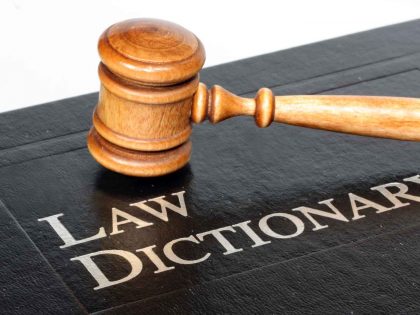Last October 16th, the Spanish Supreme Court established that it should to be the banks
the lender – and not the clients – the borrower – the ones liable for paying the stamp duty (“AJD”) on mortgage loans. It was considered that these entities were the ones most interested in registering the operation in the Property Registry and therefore should be the ones supporting the cost.
As opposed to the instruction given just a couple of weeks ago, and in spite of the statement from its president that the decision was firm and not subject to review, the Supreme Court has now ruled (whilst with internal diverging opinions: 15 votes against 13) that paying for the stamp duty should actually remain as the client’s responsibility. In other words, in the end, there are no changes to the previous situation.
This final decision has raised questions about the independence of the judiciary system with some alleging pressures from the banks, as the initial ruling cost them stock market losses of 5 billion euros in one single day. This should come as no surprise, as not only would the criterium of who is liable for paying the stamp duty changed, there was also the possibility that thousands of customers with mortgages would be allowed to claim back from the banks the stamp duty already paid. In theory, all those who liquidated this tax between 2014 and now would have the right to claim it back – before this date, it would already be considered as prescribed. Defending that this state of affairs has been caused by a lack of clarity in the legislation, the Supreme Court has transferred the authority to the Government and Parliament to amend the mortgage legislation as necessary to clarify who should be the taxpayer. As a consequence, the Spanish Prime Minister announced that, although respecting the Supreme Court’s decision, the government, supported by other political parties would indeed review the mortgage legislation. Even if borrowers could not claim back expenses already paid for, banks would be the ones liable for paying the stamp duty of new mortgages going forward.
Looking at it from the outside and only at the economic effects of the stamp duty, they do not fall exclusively on the payer. Even if not necessarily in equal proportions, they will affect all parts involved in the exchange.
On one hand, if it is up to the borrower (Client) to pay the tax, this represents an additional cost when deciding whether to invest in buying a property. From all the mortgage expenses that a client faces, the stamp duty represents about 75% of the total. The more a borrower has to pay, the less interest there is in buying, reducing the demand for housing and therefore, the demand for mortgages.
On the other hand, if it is up to the lender (Bank) to pay the tax, the mortgage conditions will change – the mortgage costs will probably increase to cover the tax value. This is obviously not good for the borrowers and consequently will end up not being good for the lenders either because it will again decrease the demand for housing/ mortgages.
In a way, we can then say that the Supreme Court’s judgement in this case was actually unnecessary as nothing changed in the end and it seems that it is not so important to decide who pays for this tax, but that both parties, the bank and the client, end up satisfied with the expenses allocation and the contractual conditions in general. This way, housing and mortgage demand is maintained, which is beneficial for all.




























































